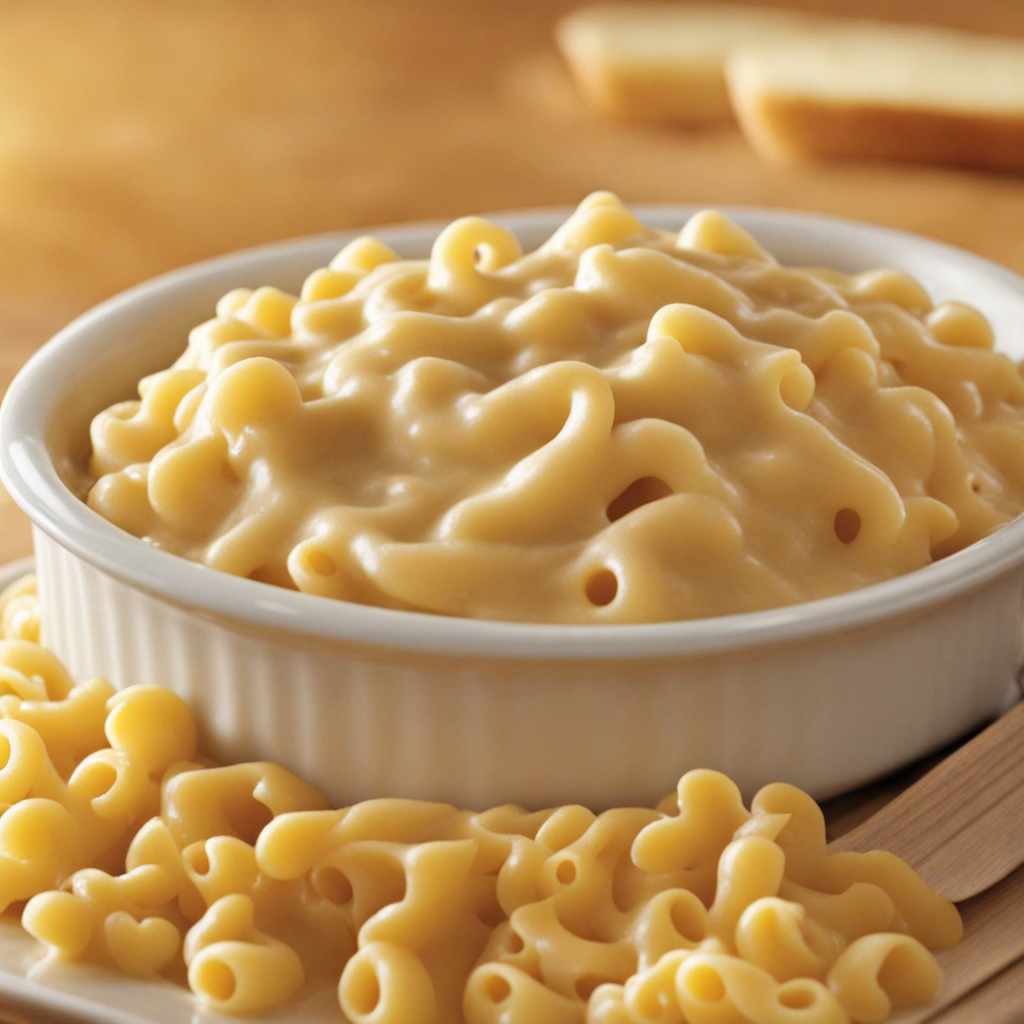Po' Boy
The Po' Boy is a quintessential sandwich that hails from New Orleans, Louisiana, embracing the rich culinary traditions of the American South. Typically served on a crusty French bread roll, this sandwich is renowned for its hearty fillings, which can range from fried seafood like shrimp or oysters to succulent meats such as roast beef or even sausage. The crispy, airy exterior of the bread perfectly complements the tender, flavorful fillings, creating a satisfying contrast in texture that is a hallmark of this iconic dish. What truly sets the Po' Boy apart is its toppings and sauces, which elevate the flavors to new heights. A classic Po' Boy is often dressed with shredded lettuce, sliced tomatoes, pickles, and a generous slathering of spicy mayonnaise or remoulade sauce. Each bite offers a burst of freshness that balances the richness of the fried or roasted fillings, delivering a well-rounded taste experience. The combination of ingredients varies widely, allowing for personal twists and regional variations while still holding true to the sandwich's roots. Cultural significance is deeply embedded in the Po' Boy, as it represents the spirit of New Orleans' vibrant food scene and the resilience of its people, especially during the Great Depression when the sandwich was created. Enjoying a Po' Boy is not just about tasting the food; it's about immersing oneself in a tradition that celebrates community and flavor. Whether you're savoring a classic shrimp Po' Boy or a roast beef version with gravy, each sandwich tells a story and invites you to explore the diverse and bold flavors that define Southern cuisine.
How It Became This Dish
The Po’ Boy: A Culinary Icon of New Orleans The Po’ Boy sandwich has become an emblem of New Orleans cuisine, celebrated for both its flavors and its rich history. This delicious sandwich, typically made with French bread and filled with a variety of meats, seafood, or vegetables, has roots that intertwine with the city’s social fabric and cultural evolution. Let’s explore the origins, cultural significance, and development of the Po’ Boy over time. #### Origins: The Birth of the Po’ Boy The Po’ Boy is believed to have originated in New Orleans during the late 19th century. The exact timeline is somewhat murky, but the sandwich is often associated with the labor strikes of the 1920s. The most popular legend attributes its creation to Benny and Clovis Martin, two brothers who ran a sandwich shop on St. Claude Avenue. During the streetcar workers' strike in 1929, the Martins wanted to support the strikers—often referred to as "poor boys"—by providing them with free sandwiches. They crafted a simple yet hearty meal by stuffing crusty French bread with whatever ingredients they had on hand, leading to the name "Po’ Boy." While this narrative captures the essence of the Po’ Boy’s humble beginnings, it is essential to note that the sandwich was likely influenced by the city’s diverse culinary heritage, including French, Spanish, African, and Italian traditions. The use of French bread reflects the city's colonial history, while the fillings showcase local ingredients and flavors. #### Cultural Significance: A Symbol of Community and Resilience The Po’ Boy is more than just a sandwich; it symbolizes community, resilience, and the rich cultural tapestry of New Orleans. The sandwich gained prominence during a time of economic hardship, serving as a reminder of the struggles faced by working-class citizens. Its affordability and accessibility made it a staple for locals, and it became a symbol of solidarity among those who rallied for workers' rights. Beyond its socio-economic roots, the Po’ Boy has also become a cultural touchstone in New Orleans. It is a beloved dish at family gatherings, festivals, and neighborhood celebrations. The annual Oak Street Po’ Boy Festival, launched in 2008, showcases the sandwich's versatility and popularity. Local chefs and food vendors come together to celebrate the dish, illustrating how the Po’ Boy has evolved and adapted over time while remaining true to its origins. #### Development Over Time: From Humble Beginnings to Culinary Stardom As New Orleans evolved through the 20th century, so did the Po’ Boy. Originally a simple sandwich meant to nourish the working class, it began to attract the interest of chefs and food enthusiasts, leading to a culinary renaissance in the city. #### The Classic Fillings Traditional Po’ Boys are filled with a variety of ingredients, reflecting the diverse flavors of New Orleans cuisine. The classic variations include: 1. Roast Beef: Perhaps the most iconic filling, the roast beef Po’ Boy is made with slow-cooked, succulent beef, often smothered in gravy, and served with lettuce, tomatoes, and pickles. This version exemplifies the heartiness of the sandwich and its role in providing comfort food for generations. 2. Seafood: Shrimp, oysters, and catfish are popular seafood fillings that showcase the bountiful waters of the Gulf of Mexico. Fried seafood Po’ Boys, particularly those with crispy oysters or shrimp, have become synonymous with New Orleans cuisine. The contrast between the crunchy exterior and the tender seafood inside creates a delightful textural experience. 3. Vegetarian Options: As dietary preferences have evolved, so too have the fillings used in Po’ Boys. While traditional versions focused on meat and seafood, contemporary variations now include grilled vegetables, fried green tomatoes, and even plant-based proteins, catering to a more diverse audience. #### The Rise of Gourmet Po’ Boys In the late 20th and early 21st centuries, chefs began to reimagine the Po’ Boy, elevating it from its working-class roots to gourmet status. Influenced by global culinary trends, innovative chefs started experimenting with flavors and techniques. Ingredients like truffle aioli, spicy remoulade, and artisanal breads began to appear in Po’ Boy shops and high-end restaurants alike. This evolution reflects a broader trend in American cuisine, where traditional comfort foods are reinterpreted with a modern twist. Po’ Boys have been featured in gourmet food trucks, upscale bistros, and even fine dining establishments, showcasing their remarkable versatility. #### The Po’ Boy in Popular Culture The Po’ Boy has also carved out a place in popular culture, appearing in literature, film, and television. For instance, the sandwich is referenced in works by authors like John Kennedy Toole, whose novel “A Confederacy of Dunces” paints a vivid picture of New Orleans life. The sandwich has been featured in food documentaries, highlighting its cultural significance and culinary appeal. #### The Po’ Boy Today Today, the Po’ Boy remains a beloved staple of New Orleans cuisine, embodying the city’s spirit and resilience. It can be found in countless eateries, ranging from humble sandwich shops to upscale restaurants. The sandwich has also gained popularity beyond New Orleans, as chefs and food lovers across the United States have embraced its charm. In recent years, the Po’ Boy has become a canvas for culinary creativity, with chefs experimenting with unique fillings and flavor combinations. From spicy Cajun shrimp to sophisticated roast duck, the possibilities are endless. This adaptability ensures that the Po’ Boy will continue to evolve, appealing to new generations of food enthusiasts while retaining its historical roots. #### Conclusion The Po’ Boy is more than just a sandwich; it is a reflection of New Orleans’s rich history, cultural significance, and culinary evolution. From its humble beginnings as a laborer’s meal to its status as a beloved icon of American cuisine, the Po’ Boy embodies the spirit of resilience and community that defines the city. As it continues to adapt and thrive in the contemporary culinary landscape, the Po’ Boy remains a delicious testament to the flavors and stories that make New Orleans a unique and vibrant place.
You may like
Discover local flavors from United States







